How to Use Psychology to Sell
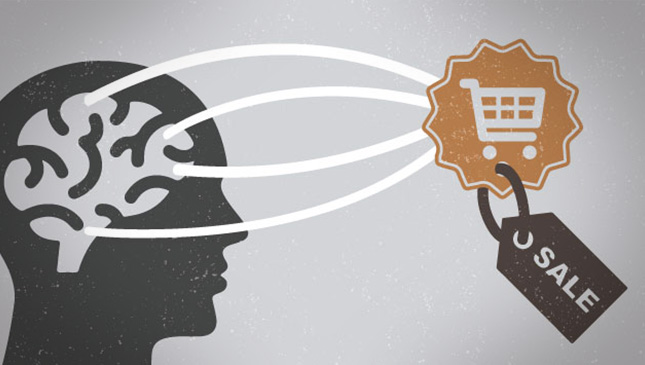
Remember when you were little and someone offered you an ice cream bar now or two ice cream bars later? Which would you take? Probably the one right now, because the only thing better than an ice cream bar is an ice cream bar now. This is what sales dudes and dudettes call “hyperbolic discounting.” And it can change the way you sell products.
Hyperbolic discounting messes with everything from your morning workout to your desire to purchase something today. It’s the principle that suggest people would rather have a lower immediate reward instead of a higher reward that they have to wait for. It’s that thing that makes you hit snooze even though you made a plan to work out at 5 a.m.
People will usually give up the extra ice cream bar later for the immediate award. But if there’s a large time period in between the first possibility and the second, people are more likely to hold off for the better reward. Most people will choose $10 now instead of $15 next year. But they would take $15 in 16 years vs. $10 in 15 years.
“With hyperbolic discounting, the rate of discounting decreases as the delay occurs further in the future…the amount a future reward is discounted depends on the length of the delay and when they delay occurs.” Behavior Lab.
Don’t Snooze on the Psychology to Help You Sell
The Stanford Marshmallow test gives a good visualization of this principle. In the Harvard University study (1960), children sat with a marshmallow and the option to eat the marshmallow now or wait 15 minutes, when they would be given another marshmallow. The findings seemed to indicate much more than a sweet tooth.
Surprise! The kids who waited 15 to eat the marshmallow grew up to be adults who could refrain from immediate gratification– (and they scored better on tests, had lower rates of obesity, and earned more money than their marshmallow-now-please eating counterparts).
In other words, the discount is accepted it if rewards our short-term needs, and most people make purchasing decisions based on that. Most of your customers are marshmallow now kind of people.
Examples of this Principle in Copy

Lucky Peach knows that people are going to act now when they can. So if they can save money by purchasing a subscription today, and if that option ends after the holidays…then yeah! People are going to get a move on it now.
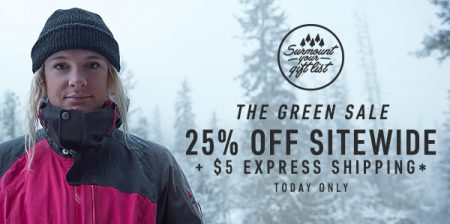
Lifeproof tries to hit your emotional center with words like free shipping now. Words like “today only,” “act immediately,” or “one-day sale” might help people make the purchasing decision that they’ve been holding off on for a while.
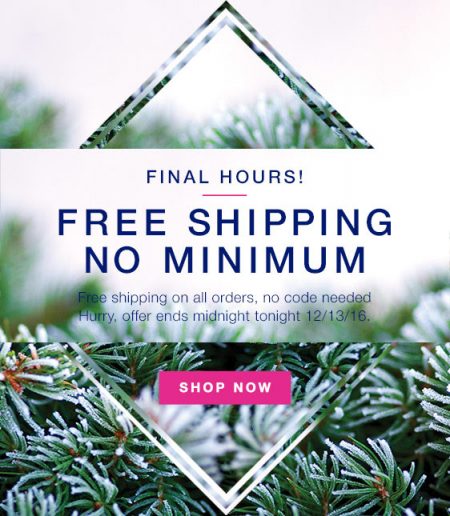
Even beauty brands use this principle. If it’s the final hours, our need for the short-term reward kicks in. According to a Princeton study, “preferences for short-term rewards result from the emotion-related parts of the brain winning out over the abstract-reasoning parts.” So people are making purchasing decisions with their emotional side, not their logical side. When you write copy, then, it makes sense to appeal to their emotional side.
When More is More
We have shopping malls full of more. Our homes are full of more. If you open up any old magazine, you’ll see it over all the pages. More is more. And people like more, so they probably like to have a lot of options when they shop, right? Nope! This is where psychology comes into play. While a lot of customers might like the idea of excess, when faced with a sales decision, it’s best to keep things simple.
Analysis paralysis occurs when we’re faced with too many options. You know when it’s like when you go to the store and you find 45 different versions of the same type of chip. Which do you want? What if you go for the blue packaging that’s a little cheaper when the red packaging might have the better chip? What if you buy two of the same type instead of three different types? What does it matter? The thought of facing all of those decisions can be overwhelming, even if it’s just over something as silly as a chip.
Reduce Paralysis
You’re more likely to make a purchase when you’re faced with fewer options. In this jam study people were more likely to make a purchase when faced with 6 products instead of 24 of 30. Take the copy below for example. There are limited choices, so you make it easier for your customers to decide.
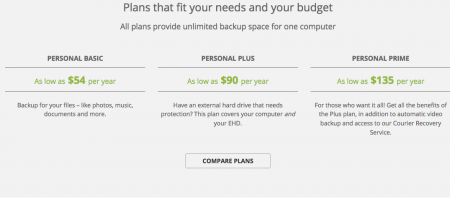
But what happens if you have a lot of choices and you want to give your customers the best possible experience? You can still present all the choices, but you may want to hide a few of the less popular ones so users don’t feel overwhelmed.
Paul Boag suggests that we must “default to the most common choice while allowing the option to customise.” If you want to make this principle work in your copy or your website, make sure you think about a few things:
Provide one offer in each email campaign. Why? So your customers have a single decision to make. Purchase the product or don’t.
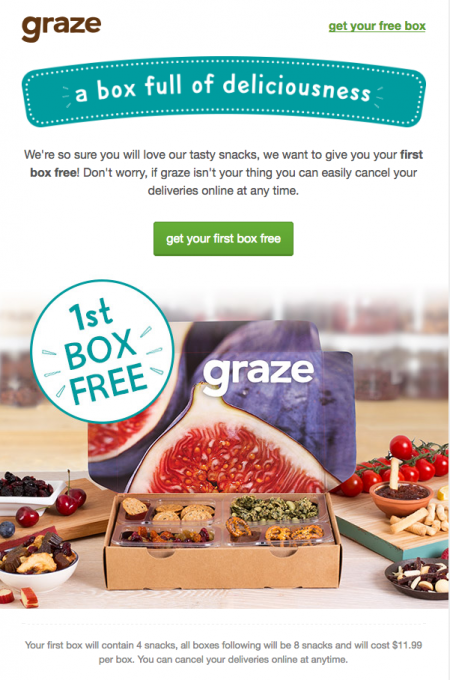
Graze has one offer in this email, so it’s pretty easy to make a decision. There’s really only one thing you can do in this email. Okay, I guess there are two things. Either click to get your free box, or click to close the email. Based on the jam study, this is a pretty dang good sales idea, so remember. If you have 100 types of products, that’s cool. But try focusing on a few of those (or even one of those) for every email blast. Track it for a while and see what happens.

Peel knows the deal. When customers come to their home page, they’re faced with one single option for each type of platform. That doesn’t mean they don’t have more options. It means that they hid those options until they were necessary.
Combine Tactics
Create a big impact by combining tactics. Hit the immediate gratification center, but offer fewer rewards. See how it changes your sales. And, as always, check out your analytics to make sure your customers are able to easily access your products or services. Because none of this will matter if people can’t even find the check out button!